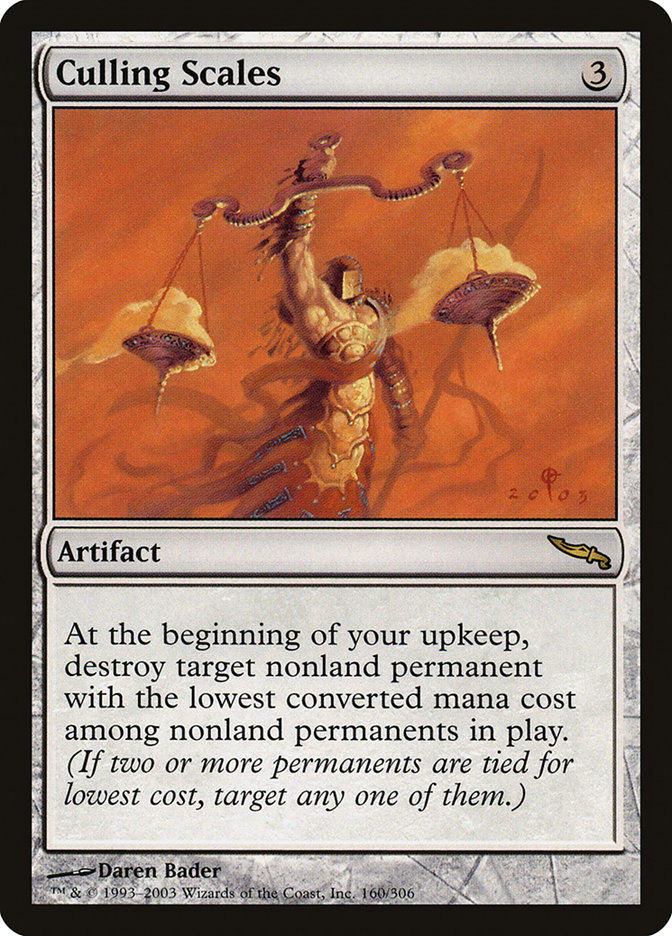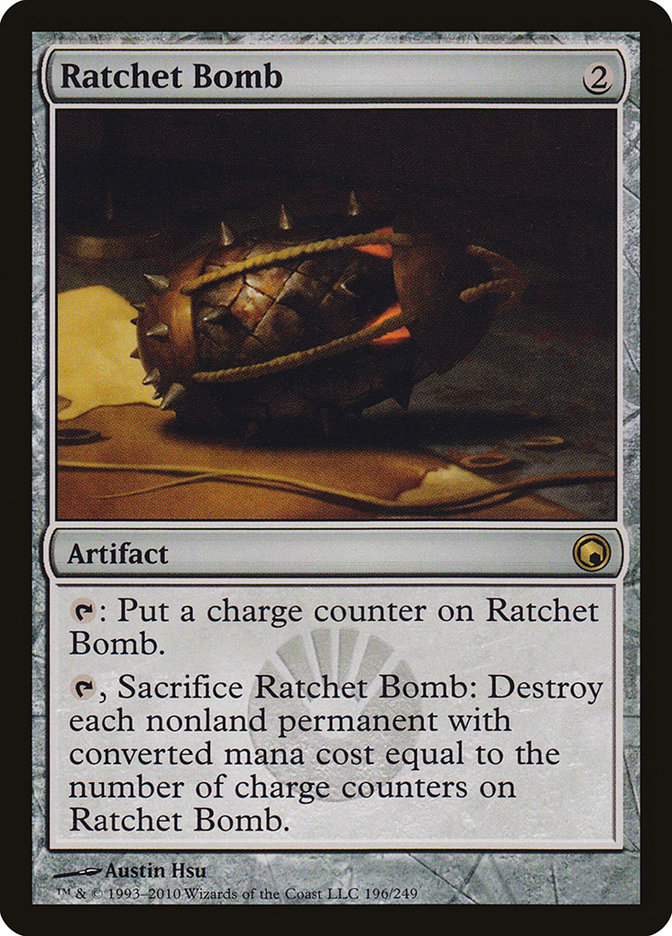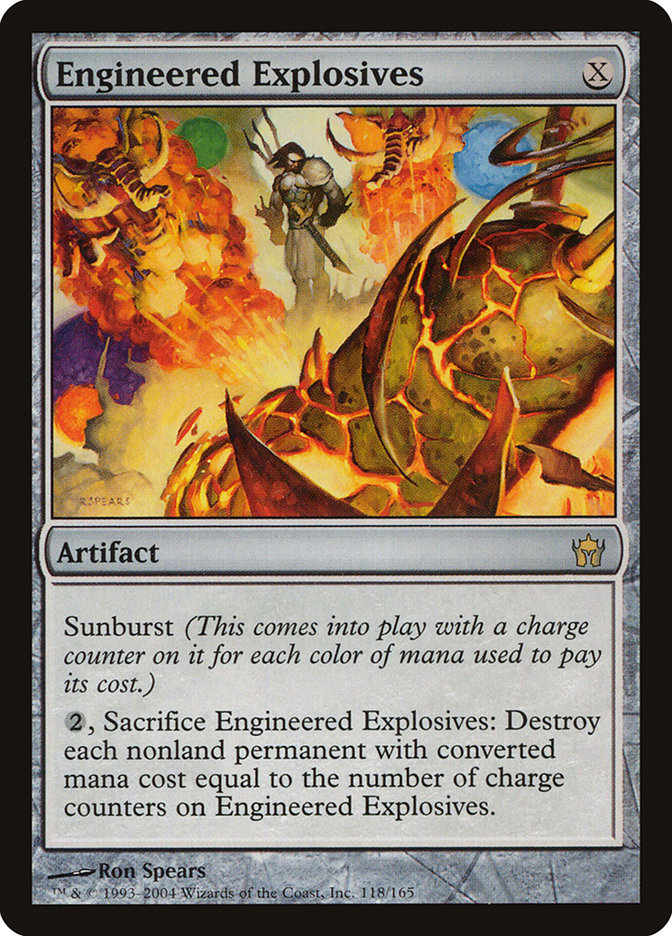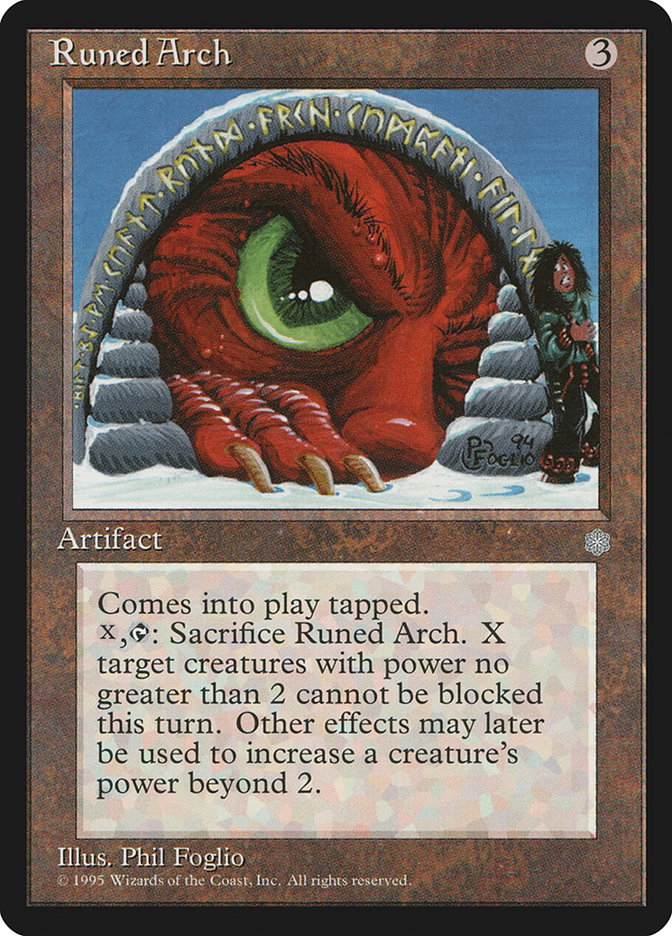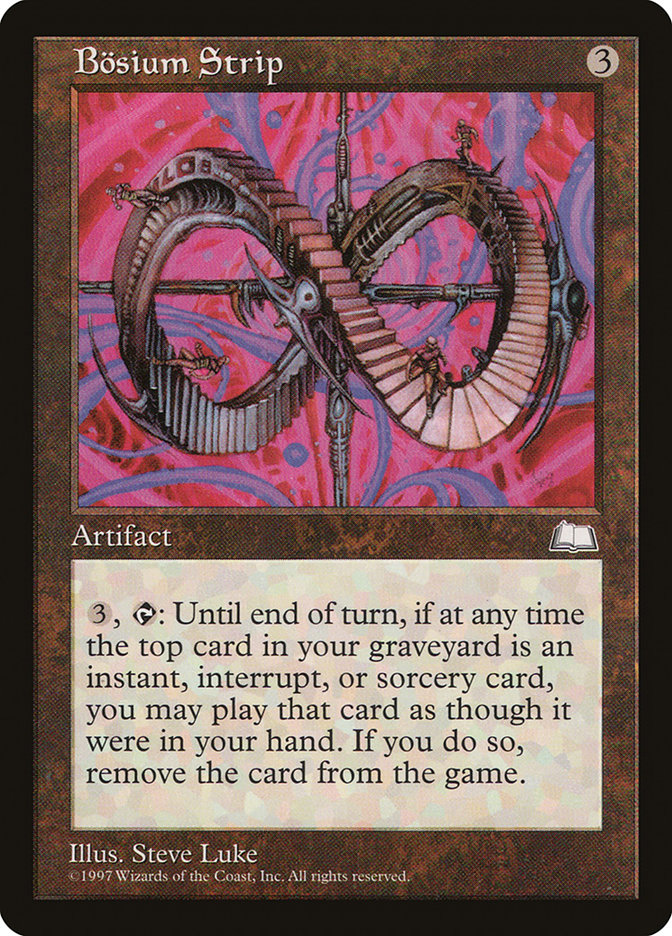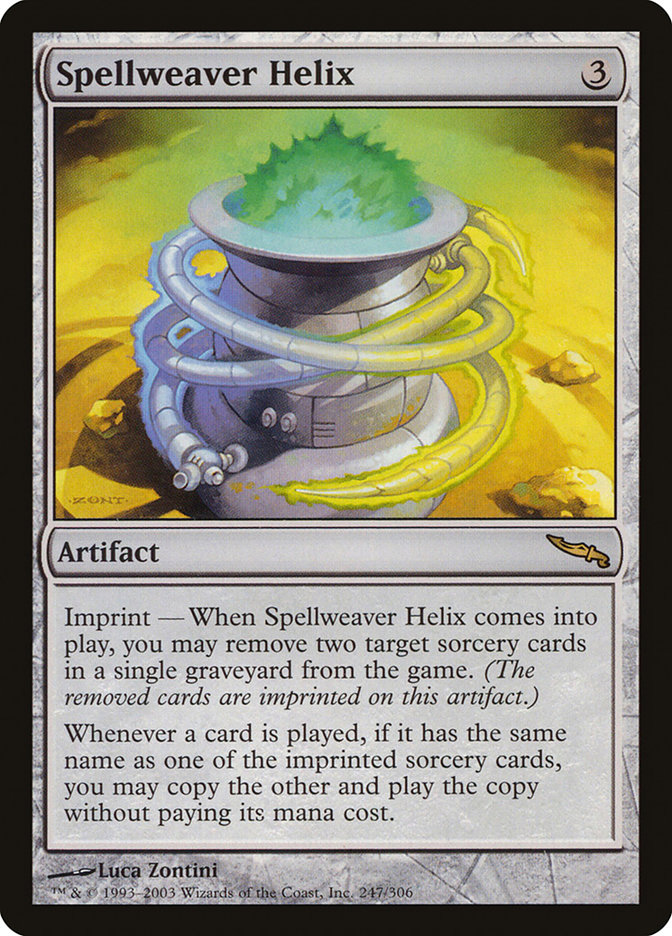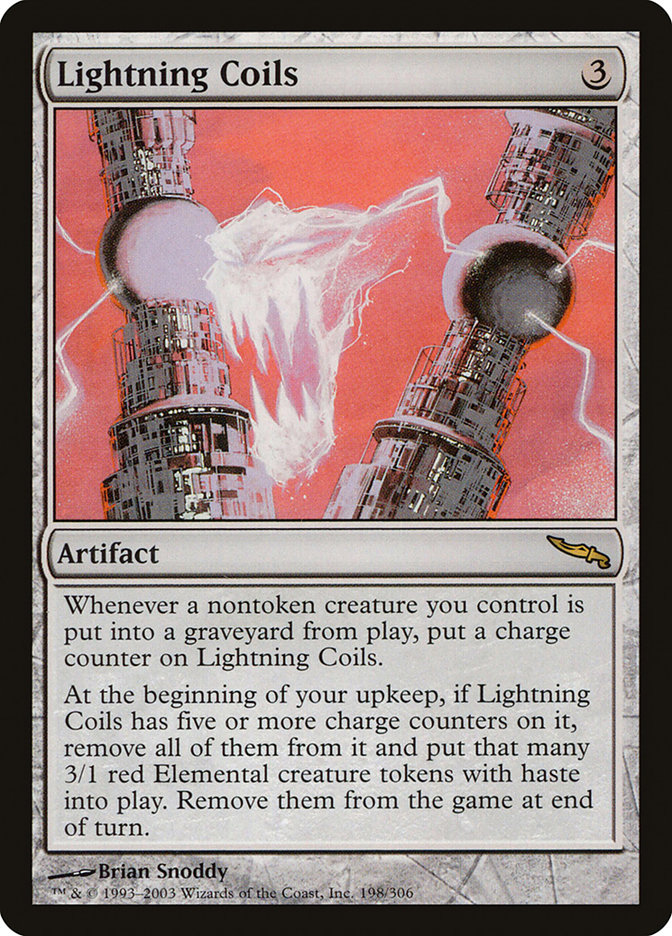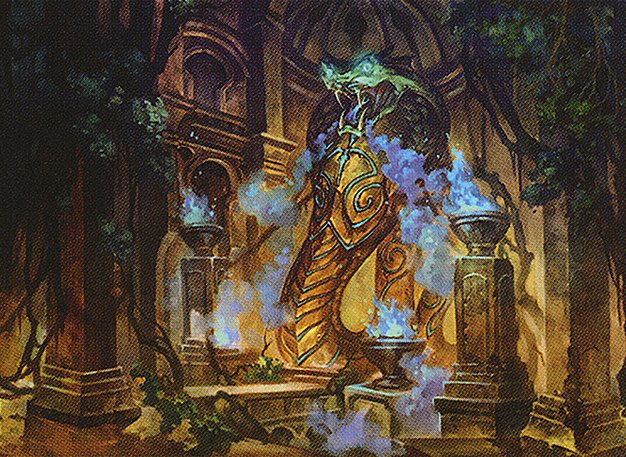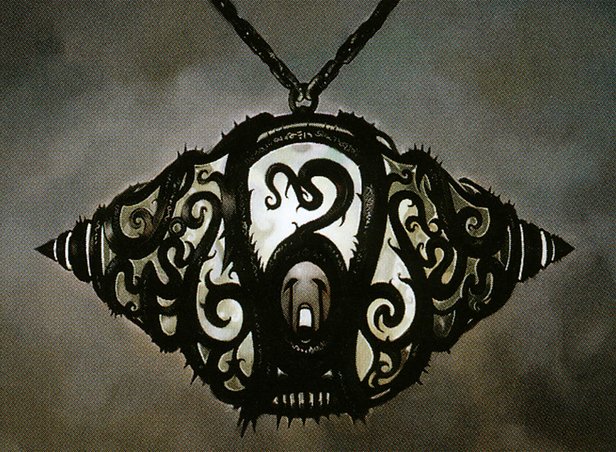Culling Scales MTG Card
| Mana cost | |
| Converted mana cost | 3 |
| Rarity | Rare |
| Type | Artifact |
| Released | 2003-10-02 |
| Set symbol | |
| Set name | Mirrodin |
| Set code | MRD |
| Number | 160 |
| Frame | 2003 |
| Layout | Normal |
| Border | Black |
| Illustred by | Daren Bader |
Key Takeaways
- Persistent removal each upkeep can systematically clear opponents’ boards, offering a strategic edge.
- Resource acceleration is indirect but significant, delaying opponents while advancing your board state.
- Despite its methodical power, Culling Scales requires careful play to avoid self-detriment.
Text of card
At the beginning of your upkeep, destroy target nonland permanent with the lowest converted mana cost among nonland permanents in play. (If two or more permanents are tied for lowest cost, target any one of them.)
Card Pros
Card Advantage: Culling Scales offers a unique type of advantage by methodically dismantling your opponent’s field of artifacts, creatures, and enchantments, which can tip the scales in terms of card quality and quantity in your favor. The destruction process continues at the upkeep of each of your turns, potentially clearing numerous problematic cards over several cycles.
Resource Acceleration: While not directly providing mana, Culling Scales can indirectly accelerate your resource game. By selectively removing low-cost permanents, it clears the way for your more impactful spells by disrupting your opponent’s early game development and limiting their own acceleration.
Instant Speed: Even though Culling Scales itself is not an instant, it creates a persistent effect that activates at the speed of an instant – during each player’s upkeep. This allows for strategic planning and the element of surprise, as you can alter the board state on your opponent’s turn without spending mana during that time, keeping your resources free for immediate reactions.
Card Cons
Discard Requirement: The upkeep trigger of Culling Scales can force players to part with key permanents if they are the lowest mana value. This could lead to a disadvantage, especially when strategic pieces are sacrificed unwillingly. It’s essential to carefully consider what permanents you’re fielding alongside Culling Scales to avoid detrimental losses.
Specific Mana Cost: Culling Scales demands a precise combination of three mana to play, which includes two generic and one white. This can pose a challenge for multi-colored decks that might struggle with mana consistency, potentially limiting its inclusion to those with a solid white mana base.
Comparatively High Mana Cost: While the ability to potentially remove an opponent’s permanent every upkeep is powerful, the initial investment of three mana can be considerable. In faster-paced games or environments where low mana value permanents are less common, Culling Scales might sit idly on the battlefield, making it a less optimal choice compared to other, more immediately impactful cards at a similar cost.
Reasons to Include Culling Scales in Your Collection
Versatility: Culling Scales is a unique artifact that holds its own in various deck archetypes. Its ability to systematically remove the lowest cost permanents can be a boon for control decks looking to maintain a clean board state or for artifact-focused builds that can manipulate permanents to their advantage.
Combo Potential: The card’s functionality allows for clever interactions with cards that have “leaves the battlefield” effects or are indestructible, creating opportunities for inventive combos. Players can design a deck around these synergies, capitalizing on the recurring aspect of Culling Scales’ ability.
Meta-Relevance: With the shifting landscapes of game environments, Culling Scales can be an effective sideboard choice against opponents relying on cheap, abundant permanents. It’s adaptability to different metagames makes it a card worth considering for players looking to stay one step ahead.
How to beat
Culling Scales presents an unusual challenge in Magic: The Gathering, picking off the lowest converted mana cost permanents turn by turn. It poses a threat to players relying on a build-up of low-cost items to gain momentum. However, its power is also its greatest weakness. The card impacts the board state in a methodical manner, allowing you to strategize around its predictable nature.
To outplay Culling Scales, consider populating your side of the battlefield with high-value permanents. Since Culling Scales targets the items with the lowest cost, placing heavier spells or creatures can render its ability less detrimental. Additionally, incorporating instant-speed removal or artifact destruction into your deck can dismantle Culling Scales before its effect becomes a significant threat. This approach puts the control back in your hands, providing the flexibility to dictate the pace and direction of the game.
Understanding the rhythm that Culling Scales imposes can turn this intimidating artifact into an obstacle that is manageable. It’s about maintaining composure, making mindful plays, and knowing when to hold back or deploy your more influential spells. By doing so, you can neutralize Culling Scales, making it an inconvenience rather than a game-ending predicament.
Cards like Culling Scales
Culling Scales stands out in MTG as a unique artifact that serves as a recurring removal tool. It shares a resemblance with other cards like Ratchet Bomb, which also allows for selective removal of permanents based on counters. Ratchet Bomb can be tailored to eliminate specific threats without a mana cost for its activation, while Culling Scales does its work automatically at the beginning of upkeep, targeting the permanent with the lowest converted mana cost.
Engineered Explosives is another comparable card. It can deal with multiple permanents at once but requires an upfront investment equal to the diversity of colors you wish to encompass. Unlike Culling Scales, which is limited to a single permanent per turn, Engineered Explosives offers a burst of removal, but it lacks the subtlety and requires more strategic planning in terms of mana.
Lastly, Porphyry Nodes, although an enchantment, creates an environment similar to Culling Scales by mandating the removal of creatures with the lowest power. This tactic can clear the battlefield over time but doesn’t deal with non-creature permanents, highlighting the utility of Culling Scales which caters to a broader range of cards.
Culling Scales holds its own as a methodical and steady mechanism for controlling the field in MTG, especially in games where the pace allows for such a tactic to flourish.
Cards similar to Culling Scales by color, type and mana cost
Where to buy
If you're looking to purchase Culling Scales MTG card by a specific set like Mirrodin, there are several reliable options to consider. One of the primary sources is your local game store, where you can often find booster packs, individual cards, and preconstructed decks from current and some past sets. They often offer the added benefit of a community where you can trade with other players.
For a broader inventory, particularly of older sets, online marketplaces like TCGPlayer, Card Kingdom and Card Market offer extensive selections and allow you to search for cards from specific sets. Larger e-commerce platforms like eBay and Amazon also have listings from various sellers, which can be a good place to look for sealed product and rare finds.
Additionally, Magic’s official site often has a store locator and retailer lists for finding Wizards of the Coast licensed products. Remember to check for authenticity and the condition of the cards when purchasing, especially from individual sellers on larger marketplaces.
Below is a list of some store websites where you can buy the Culling Scales and other MTG cards:
- eBay
- TCG Player
- Card Kingdom
- Card Market
- Star City Games
- CoolStuffInc
- MTG Mint Card
- Hareruya
- Troll and Toad
- ABU Games
- Card Hoarder Magic Online
- MTGO Traders Magic Online
See MTG Products
Legalities
Magic the Gathering formats where Culling Scales has restrictions
| Format | Legality |
|---|---|
| Commander | Legal |
| Legacy | Legal |
| Modern | Legal |
| Oathbreaker | Legal |
| Vintage | Legal |
| Duel | Legal |
| Predh | Legal |
| Penny | Legal |
Rules and information
The reference guide for Magic: The Gathering Culling Scales card rulings provides official rulings, any errata issued, as well as a record of all the functional modifications that have occurred.
| Date | Text |
|---|---|
| 2004-12-01 | If the lowest converted mana cost is 3, Culling Scales can destroy itself. |
| 2004-12-01 | If the targeted permanent doesn’t have the lowest converted mana cost when the ability resolves, the ability doesn’t resolve and the permanent isn’t destroyed. |
| 2004-12-01 | Most tokens have a converted mana cost of 0. A token that’s a copy of another permanent or card has a converted mana cost equal to that permanent or card’s converted mana cost. |
| 2004-12-01 | You choose the target. If there’s more than one nonland permanent tied for lowest converted mana cost, you choose which one to target. |
